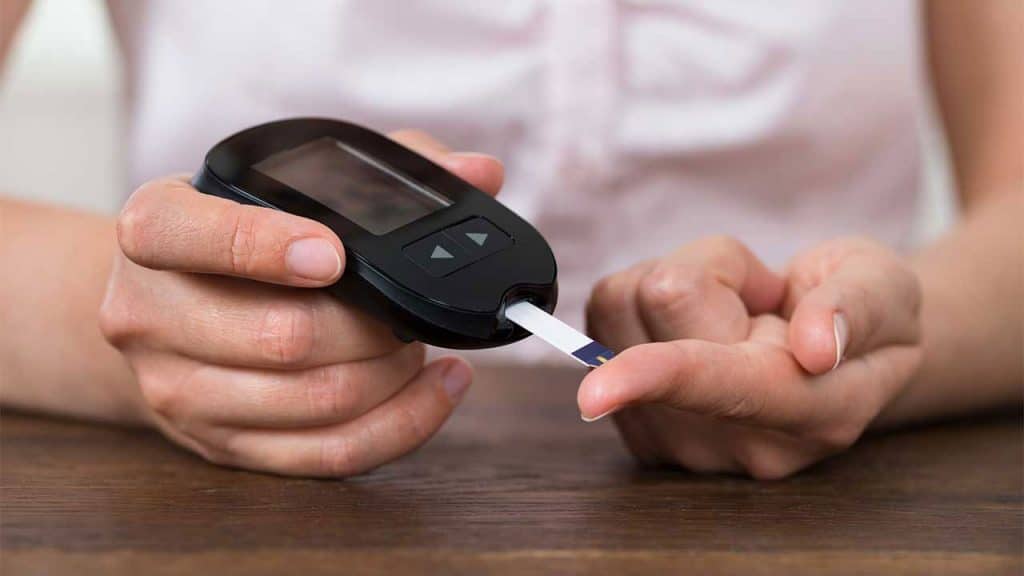We probably all know a few basic facts about diabetes – it has to do with blood sugar levels, there’s no cure, and you manage it with diet and insulin. You might not know, however, that there are three different types of diabetes, that there are ways to reduce the risk of developing diabetes, or just how you can keep the symptoms under control.
The first type of diabetes is type 1, which is the one that can be present from childhood and can be influenced by genetic as well as environmental factors. It’s considered an autoimmune disease because the immune system destroys beta cells in the pancreas, which prevents the body from producing enough insulin.
Insulin is something you’ll hear about a lot when talking about diabetes. It’s the hormone that controls blood sugar levels. If your body isn’t producing it properly or doesn’t respond how it should when you do produce insulin, your blood sugar will end up too high. In the short term, this can lead to symptoms like thirstiness and increased urination. In the long term, it can contribute to heart disease, strokes, blindness, kidney disease, nerve damage and cognitive impairment. When untreated, diabetes can be fatal.
There’s also type 2 diabetes, which is the kind that can develop later in life, often because of excess weight or not enough exercise. It’s caused when the body’s cells don’t respond to insulin properly, something known as insulin resistance. Type 2 diabetes is more common than type 1. Sometimes, if your blood sugar is high but not quite at diabetic levels, you may be considered to be experiencing pre-diabetes and need to take preventative steps.
Gestational diabetes is the third type, and it only affects people when they’re pregnant. Most cases will disappear once the baby is born. During pregnancy, the body sometimes starts producing abnormally high blood sugar levels, and it can’t create enough insulin to manage them. It can cause other complications in pregnancy and birth. People with gestational diabetes often have no history of other types of diabetes, but it can be more likely if you have a family history.
Managing diabetes starts with diet and exercise. For type 1 diabetics, it means regular insulin injections. Basal insulin is long-acting and can be taken once or twice a day. Alternatively, bolus insulin is fast-acting and taken with meals to balance the rise in blood sugar.
Sometimes medications will be necessary for type 2 diabetes as well, depending how the condition progresses. One of the most common medications is metformin. You’re less likely to need insulin, especially in the early stages. You also need to be more careful with your diet. While no food is outright banned, you need a wide range of different foods without too much salt, sugar and fat. It’s also important not to skip meals. Both weight and blood sugar levels can also be reduced by exercising regularly.
Diabetes can cause lots of inconvenience in day-to-day activities, but with careful monitoring and management, you should be able to have a relatively normal life. Sometimes you can’t avoid developing diabetes, but there are steps you can take to reduce the likelihood and severity, as long as you’re aware of the risk factors and how to control them.




